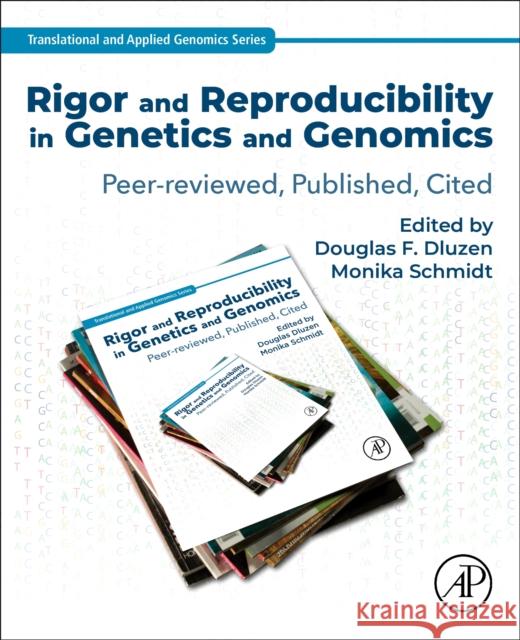Rigor and Reproducibility in Genetics and Genomics: Peer-Reviewed, Published, Cited » książka
topmenu
Rigor and Reproducibility in Genetics and Genomics: Peer-Reviewed, Published, Cited
ISBN-13: 9780128172186 / Angielski / Miękka / 2023
Kategorie BISAC:
Wydawca:
Elsevier Science Publishing Co Inc
Seria wydawnicza:
Język:
Angielski
ISBN-13:
9780128172186
Rok wydania:
2023
Numer serii:
000835304
Oprawa:
Miękka
Wolumenów:
01











